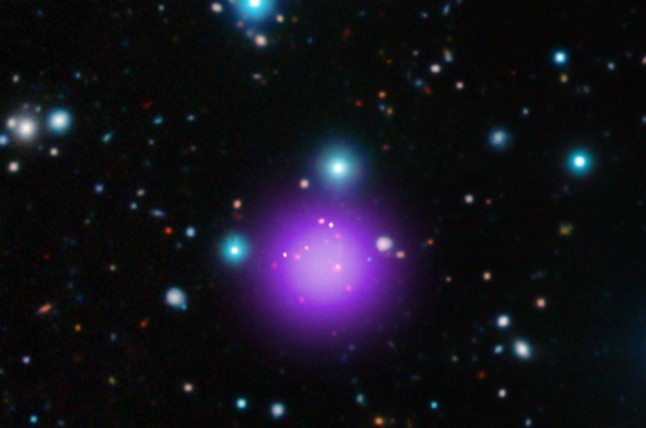Chandra observatory spots galactic cluster 11.1 billion lys away!
American space research organization – NASA discovered a new galaxy cluster at a distance that is so far away that it is difficult for man to even understand the existence of such far-away regions.
When NASA’s Chandra X-ray Observatory peeped out into deep space it spotted a blurred presence of a far-away galaxy. And it was calculated at a distance of 11.1 billion light years away.
That is, in a region of space which can be reached only when a body travels at the speed of light for 11.1 billion years through uncharted space!

And it is an all time record as man was never able to look deep into such great distances in the past.
Hubble peeks into the “final frontier” of space which we never knew
Hubble’s space telescope had made headlines earlier this year when it spotted a stellar clutter located in the center of the galaxy Abell S1063, which is relatively 4 billion light years away from us.
Also read: Hubble Space Telescope captures stunning images of Bubble Nebula
Scientists have named the newly found galaxy cluster CL J1001+0220 (or CL J1001 for short).
The cluster contains 11 galaxies and nine of them are witnessing intermittent star births.
Also read: Astronomers discover strange planet with three Suns
For scientists, it is a remarkable sight as not only because the galaxy cluster is farthest ever observed but it is a fantastic stellar nursery, which was giving birth to stars at an unprecedented rate.
The study appeared in the Astrophysical Journal.
Also read:

OMG-inducing, share-compelling, like-attracting, clutter-breaking, thought-provoking, myth-busting content from the country’s leading content curators. read on...
